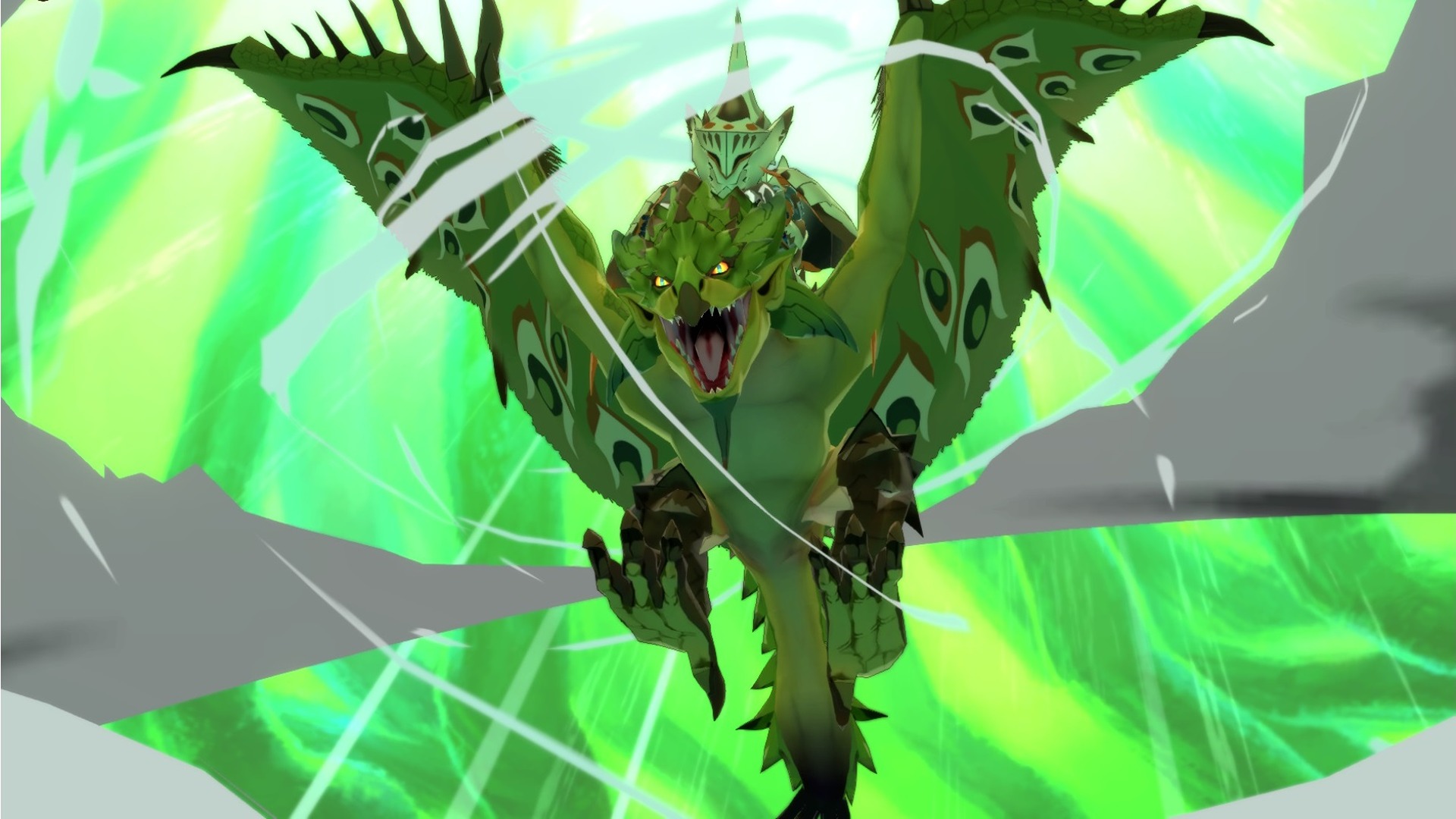
Many years ago in 2019 when I first got into Capcom’s Monster Hunter series thanks to Monster Hunter World, I scoured the franchise’s backlog to play previous entries in the lead-up to Monster Hunter World: Iceborne’s debut.
One of the titles that caught my attention was Monster Hunter Stories, a JRPG spin-off released originally on the Nintendo 3DS in 2016 and then later for Android and iOS in 2018. In contrast to the mainline games where you only hunted monsters, Monster Hunter Stories lets you befriend monsters (referred to as Monsties in the game) and fight alongside them much like Nintendo’s Pokémon series.
I was instantly hooked by the game's colorful and cute anime art style, complex turn-based battle system, and its large monster roster that could be customized with unique abilities that tailor towards your preferred playstyle. Now, thanks to a PC review code provided by Capcom, I get to relive that adventure all over again with the HD remaster of Monster Hunter Stories.
Does this 2016 JRPG still hold up in 2024, especially when compared to its younger sequel Monster Hunter Stories 2: Wings of Ruin? For the most part, I very much believe it does and it’s a great way to kill time before Capcom’s highly-anticipated, Monster Hunter Wilds, stampedes its way onto Xbox and PC in 2025.
Remastered visuals and extra features
Let’s get started by talking about the new features the PC port brings. For starters, this version improves the original game’s visuals with a 1080p resolution boost and a framerate boost of 60FPS and higher. While it doesn’t drastically alter the game’s graphics beyond how it looked in 2016, the remaster does a good job of polishing the game’s presentation, so it doesn’t suffer from the aliasing and stuttering framerate issues the original Nintendo 3DS version had.
The remaster does a good job of polishing the game’s presentation, so it doesn’t suffer from the aliasing and stuttering framerate issues the original Nintendo 3DS version had.
Other new features included in this port include a museum mode to view concept art, extra costumes for Navirou (your Felyne companion), and fully-voiced dialogue in English and Japanese dubs. However, this version still has the option to let you play the voice lines in the series’ Monster Hunter language which I prefer using as it adds extra immersion to the setting.
In addition, this PC port includes all the post-launch title updates including having Rajang, Kushala Daora, and Teostra as Monsties. There are also new options to customize your character’s appearance and the post-game Tower of Illusion dungeon.
Ride on to tame monsters
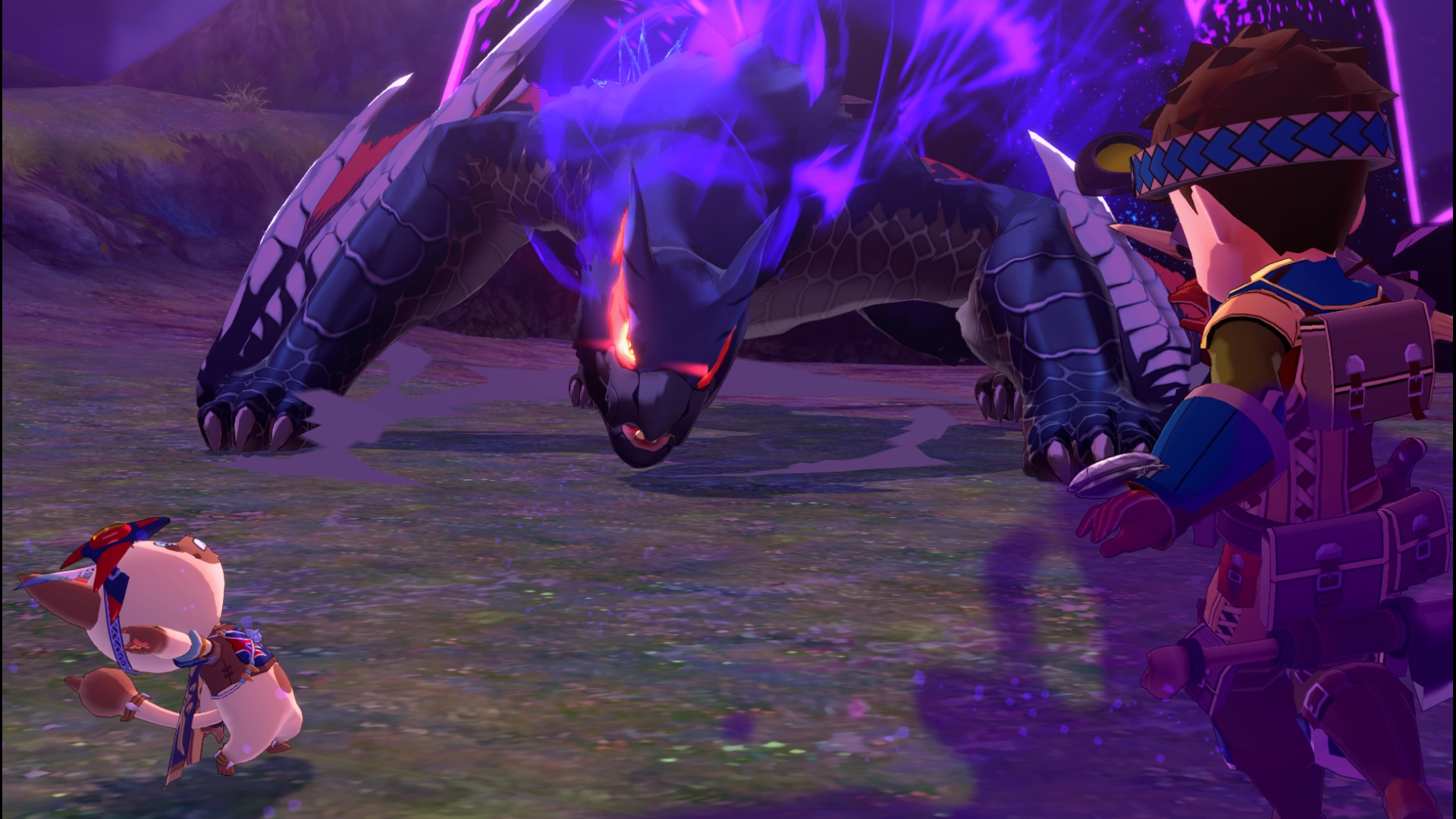
Now let’s get to the game itself. Monster Hunter Stories has you play as a Rider, a member of a somewhat secret order of warriors who have the power to tame monsters and have them become your friends by using special devices called Kinship Stones.
You’re on a journey to investigate a mysterious plague called the Black Blight and find a way to stop it before it corrupts the ecosystem of the whole continent and turns every monster into mindless berserkers that will kill everything in sight.
Along the way, you will meet a cast of likable characters that will aid you, forge equipment to help you survive, and raise a horde of monsters to fight alongside you as you challenge monsters in turn-based battles.
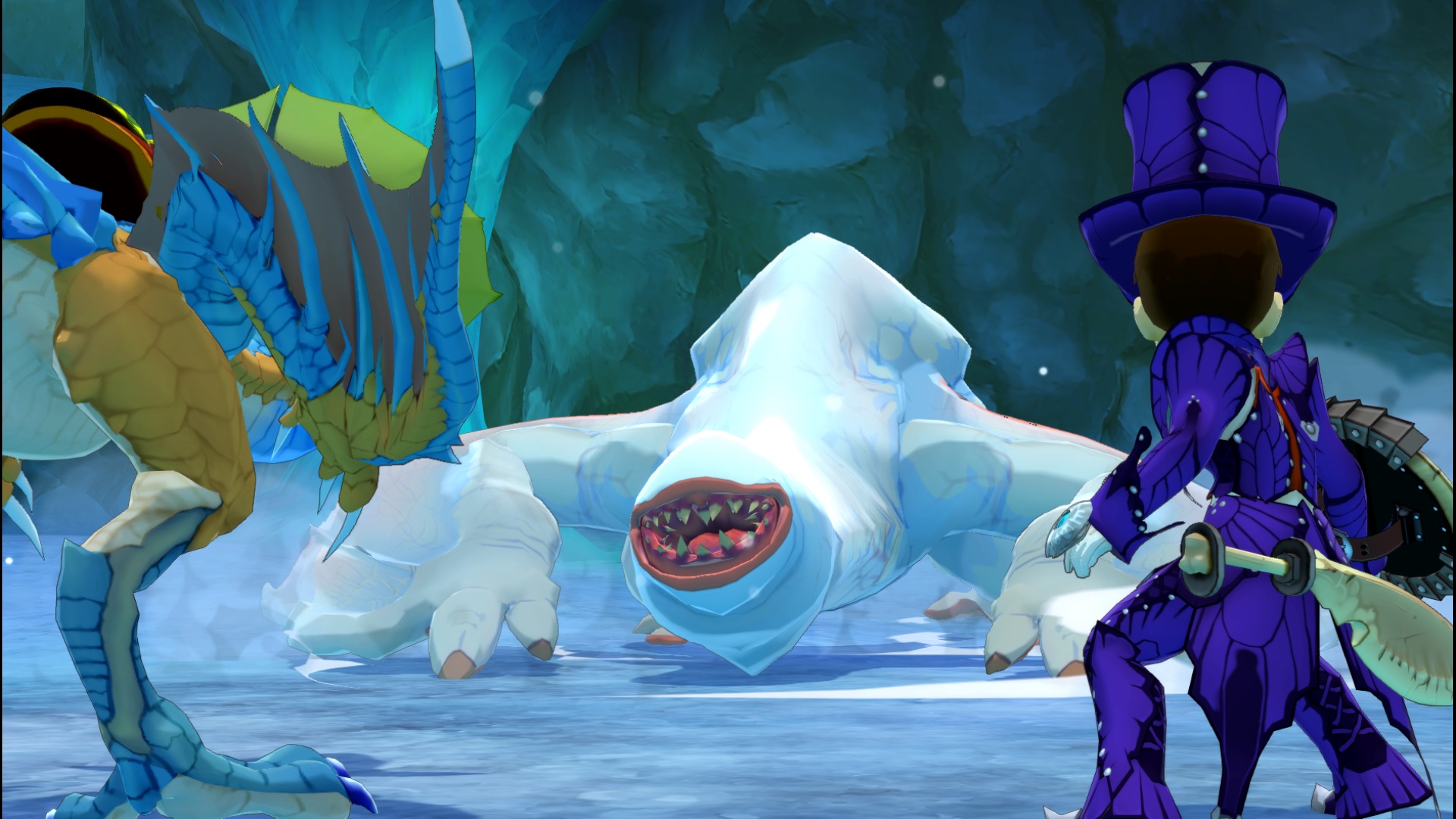
What I like about Monster Hunters Stories is that it manages to translate the mainline Monster Hunter games’ core gameplay loop and action game mechanics into a turn-based JRPG setting. Weapon combo attacks, studying the monster’s attack patterns to know when to strike, hunting monsters for crafting materials to forge powerful weapons and armor so you can hunt bigger monsters, it's all here and it works surprisingly well.
One way Monster Hunter Stories differentiates itself from the mainline games is by having ally Monsties as party members who fight alongside you. By exploring the depths of mini-dungeons called Monster Dens, you can bring back an egg to a town and hatch it to recruit a new Monstie to your party.
There are over 100 Monsties to collect and each one has a variety of unique abilities that can be used to get past obstacles such as smashing boulders, swimming, or jumping across platforms while exploring the world.
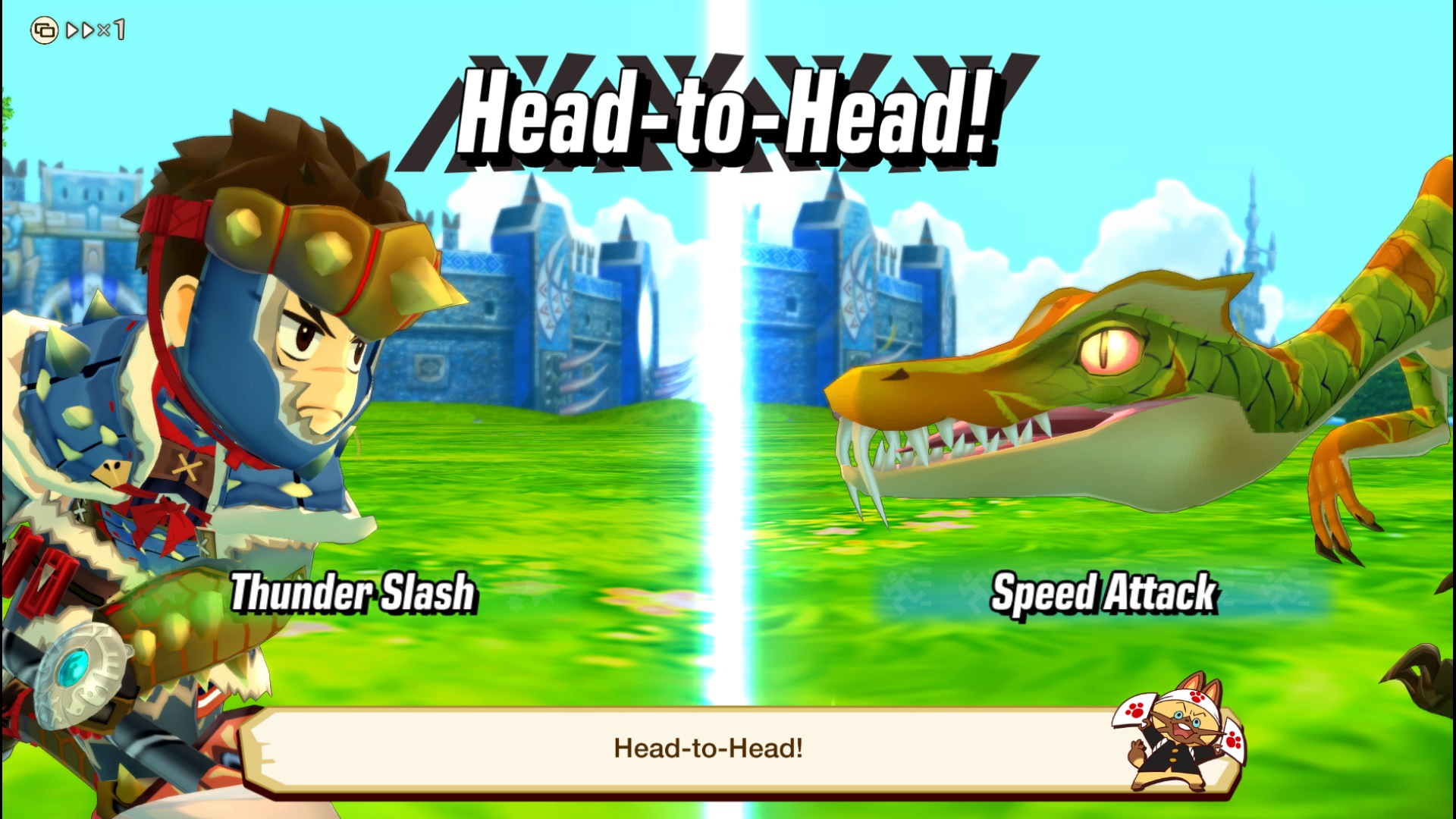
In battle, Monsties are your main source of damage as they can perform powerful attacks that can exploit a monster’s elemental weakness and potentially knock them down through the Head-to-Head system.
Head-to-Head is a mechanic where if a party member is attacking an opponent that’s targeting them, they will initiate a rock-paper-scissors system where if a combatant’s attack type beats out another’s, it will deal more damage. These attack types come in Power, Technical, and Speed, and understanding which types are stronger against each other and which one an enemy is going to use is key to your survival and satisfaction in battle.
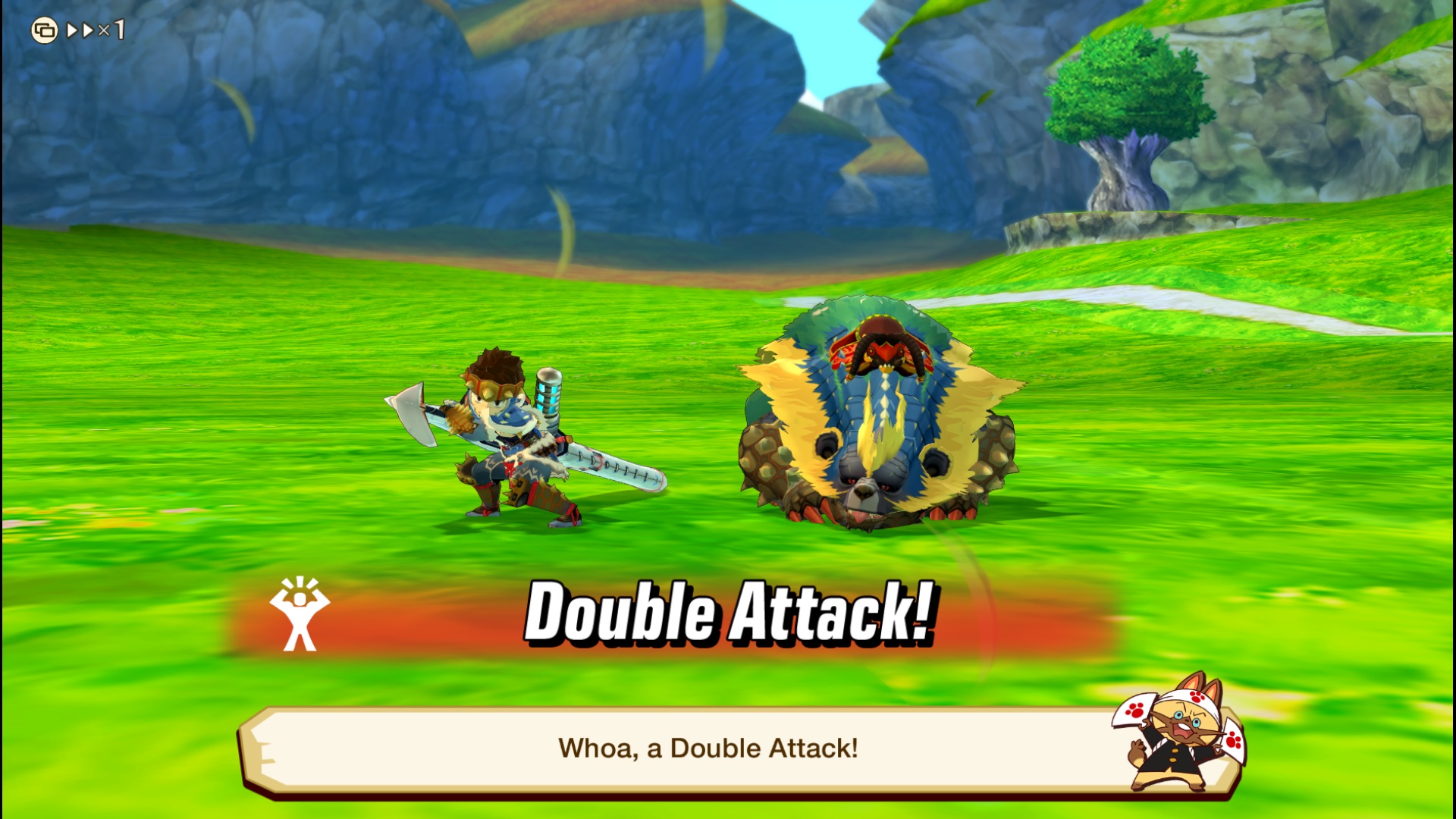
If both party members use an attack type that beats out the opponent’s, they will perform a team-up attack that cancels the opponent’s attack and deals double damage. Beating a monster three times in a row in Head-to-Heads will knock them down and leave them open to critical hits for a turn.
In addition, beating enemies in Head-to-Heads will build the Kinship Gauge meter, a resource you use to command Monsties in battle. Once it's full, you can mount it and perform a flashy Kinship Skill attack to devastate your opponent.
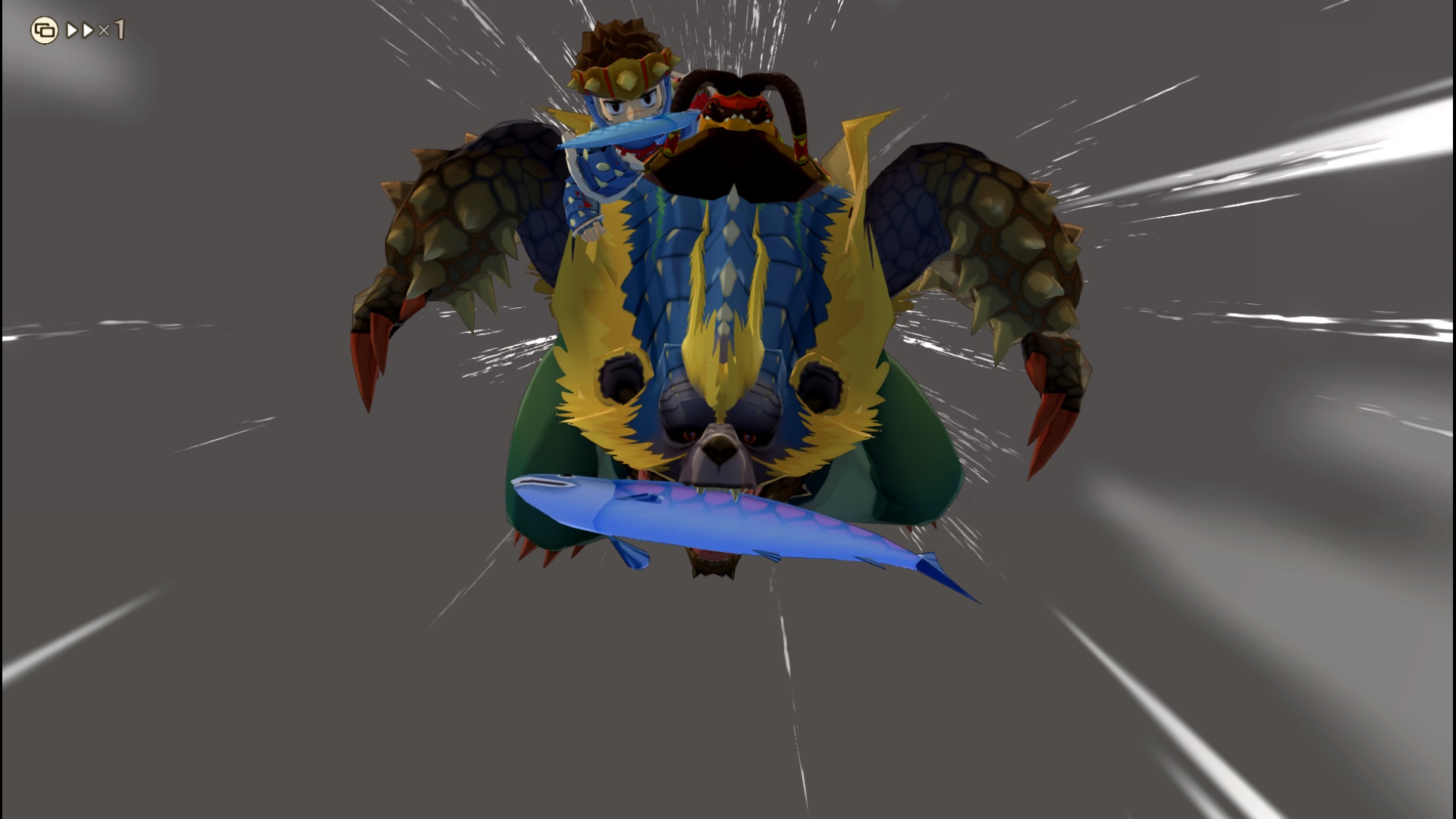
It’s so much fun trying to predict what an enemy monster is going to do and then countering every move they make to knock them flat on their backside, just like the mainline games. However, some enemies (and especially bosses) have a tendency to constantly change their tactics and use deadly non-typed attack moves that can’t be countered in Head-to-Heads, which can make them hard to predict.
Fortunately, you can counteract these tactics with multiple methods. For instance, you can use items to debilitate an enemy’s accuracy so they’re constantly missing or special Monstie skills that prevent an enemy from using their special skills. With careful preparation and timing, you can these methods to force enemies into using only one attack-type move so they can’t win in Head-to-Heads and make battles much easier for you.
Rite of Channelling
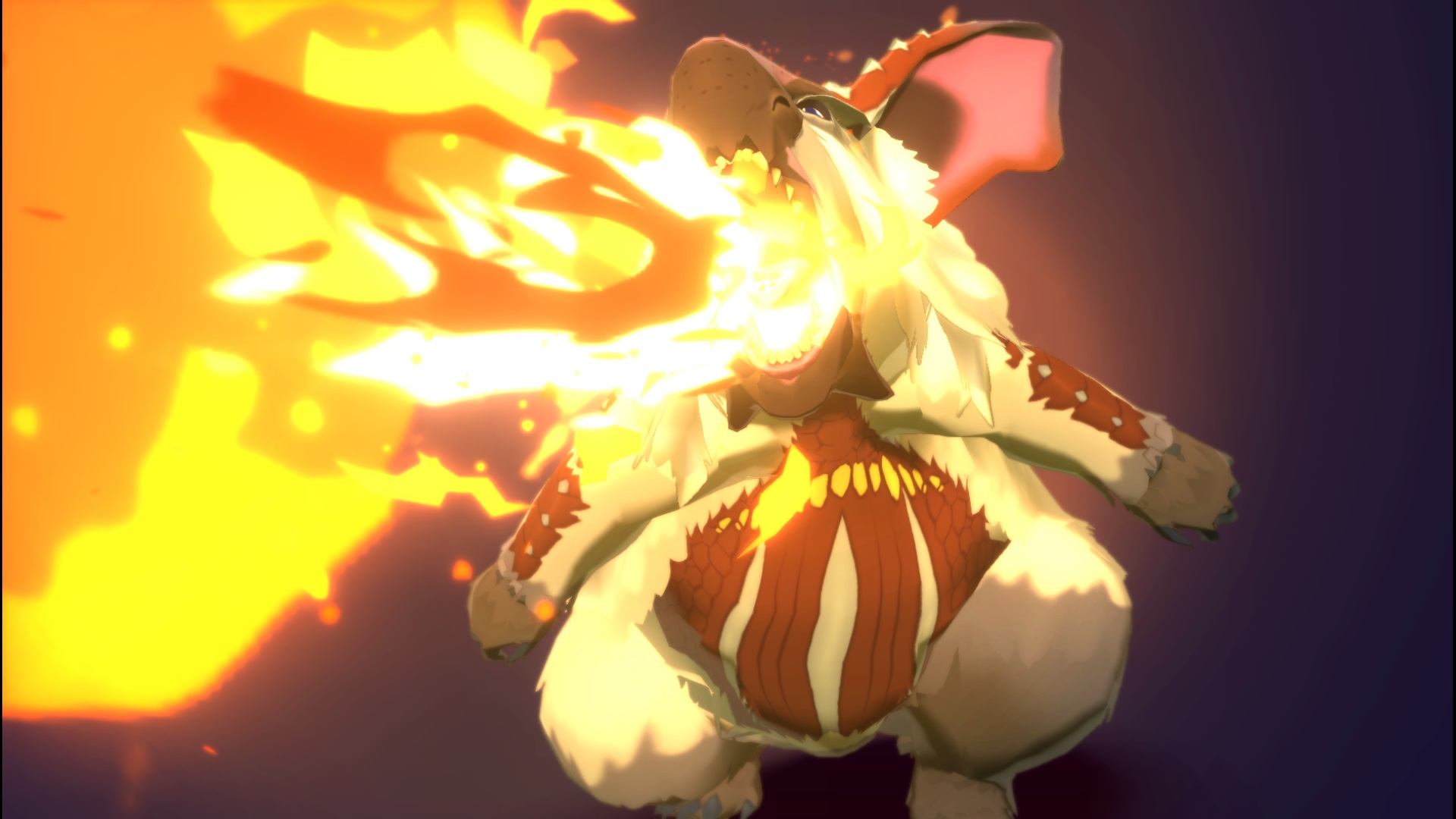
My favorite part of Monster Hunter Stories is the Rite of Channelling. This mechanic allows to you to remove the genes of a Monstie and transfer them into another in order to upgrade it with new moves, passive traits, and even change its innate element. I spent untold hours in the original version of Monster Hunter Stories and in the PC port experimenting with the Rite of Channelling to create all kinds of Monsties with differing builds or pass on genes to help remove the weaknesses of a Monstie.
These range from creating purely-offensive Monsties designed to take out a single or multiple targets to support Monsties designed to weaken enemies while buffing teammates. With the Rite of Channelling, you can potentially take your favorite Monster Hunter monster and turn them into the ultimate killing machines that can rival endgame monsters like Elder Dragons, Deviljho, or even Rajang.
Debut game growing pains
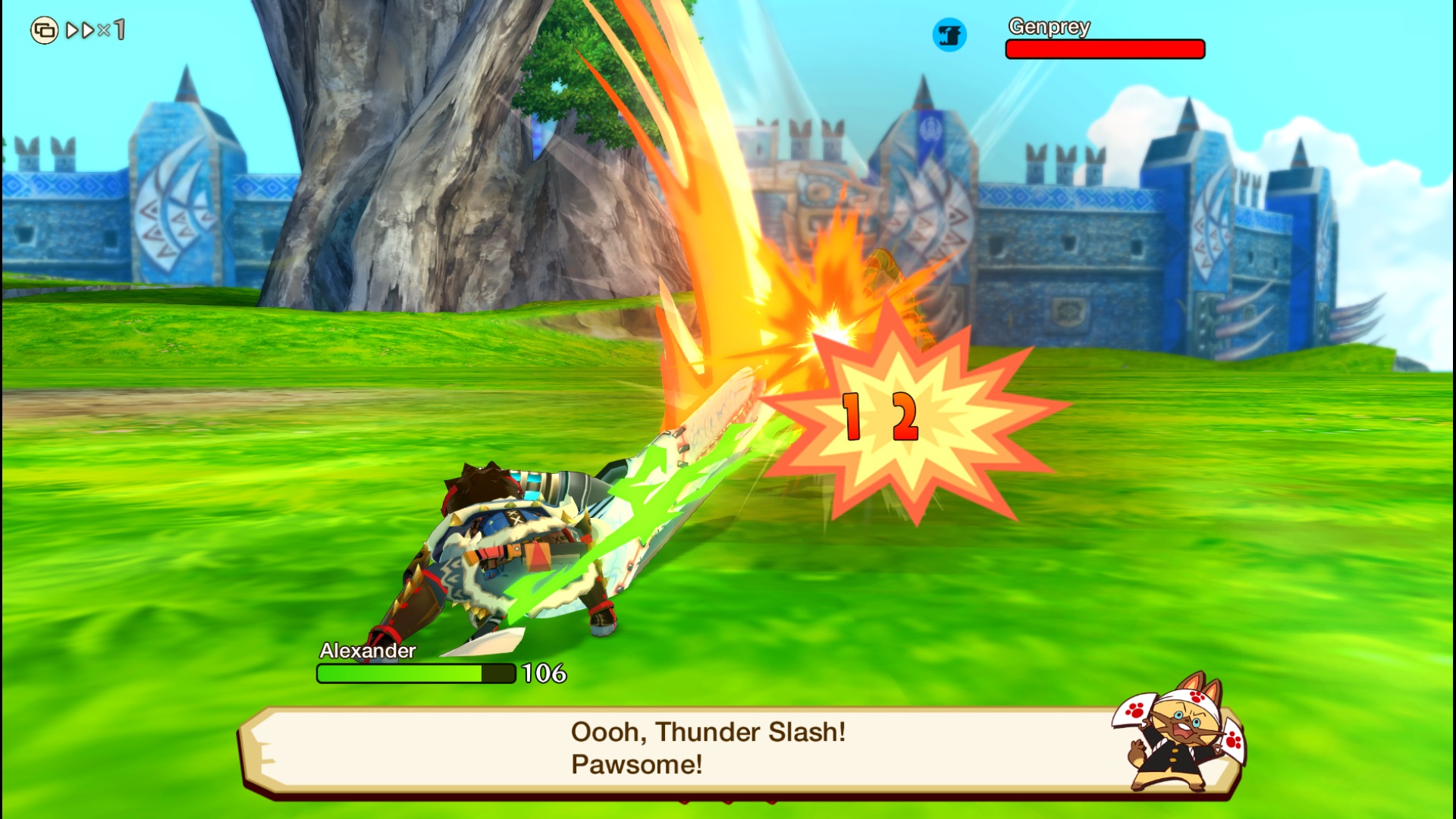
Replaying the original Monster Hunter Stories has reminded me of some irritating flaws that have been ironed out in its sequel (check out our review of Monster Hunter Stores 2: Wings of Ruin to see how). For starters, the player character is extremely squishy as they were designed to be a supporting character to aid the Monstie with buffs and healing items rather than be a frontline fighter like the Hunters from mainline Monster Hunter stories.
This becomes painfully apparent in the later half of the game when your character’s stats start drastically falling behind your Monsties’ even when you’re at equal levels. Not to mention enemies at that point will start unleashing attacks that can potentially kill you in one or two hits if you haven’t been upgrading your gear.
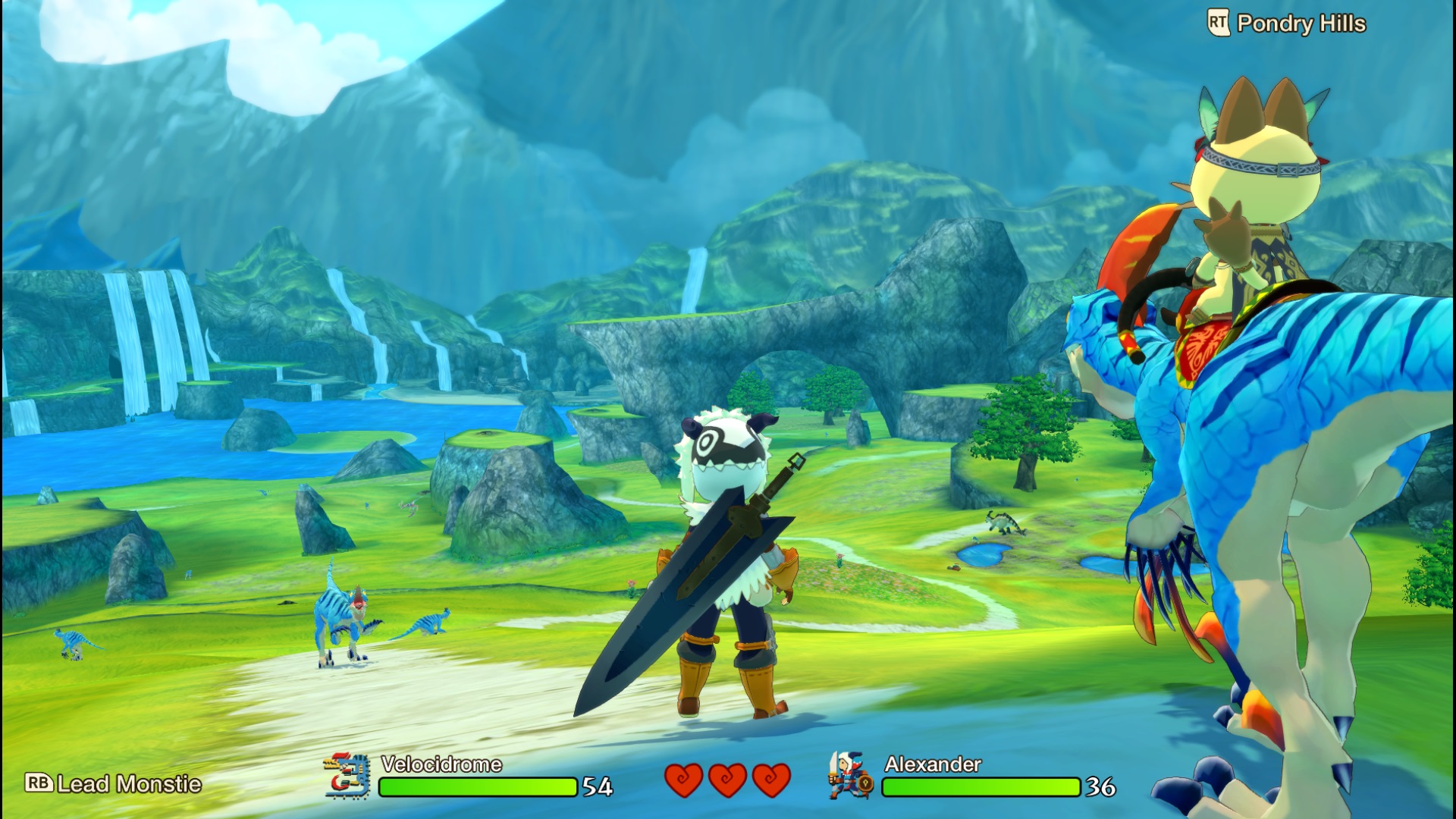
Speaking of gear, another disappointing aspect of this game was the limited weapon variety for the player character. In mainline Monster Hunter games, you usually get access to over a dozen weapon-types to wield in battle, but in Monster Hunter Stories 1 you only get four (Greatsword, Sword & Shield, Hammer, and Hunting Horn) and they don’t feel very distinct from each other in terms of gameplay mechanics aside from a couple of special moves tied to a couple of weapons.
In addition, this game doesn’t have a Layered Armor system (a system invented in 2017’s Monster Hunter Generations Ultimate that allowed players to wear cosmetic armor over their current armor) as Monster Hunter Stories was originally made during a time when they weren’t created yet. So, you’re gonna have to get used to wearing armor purely for its defensive functions, no matter how ridiculous or uncool some of them may look to you.
I hope we get more remasters of classic Monster Hunter games in the future
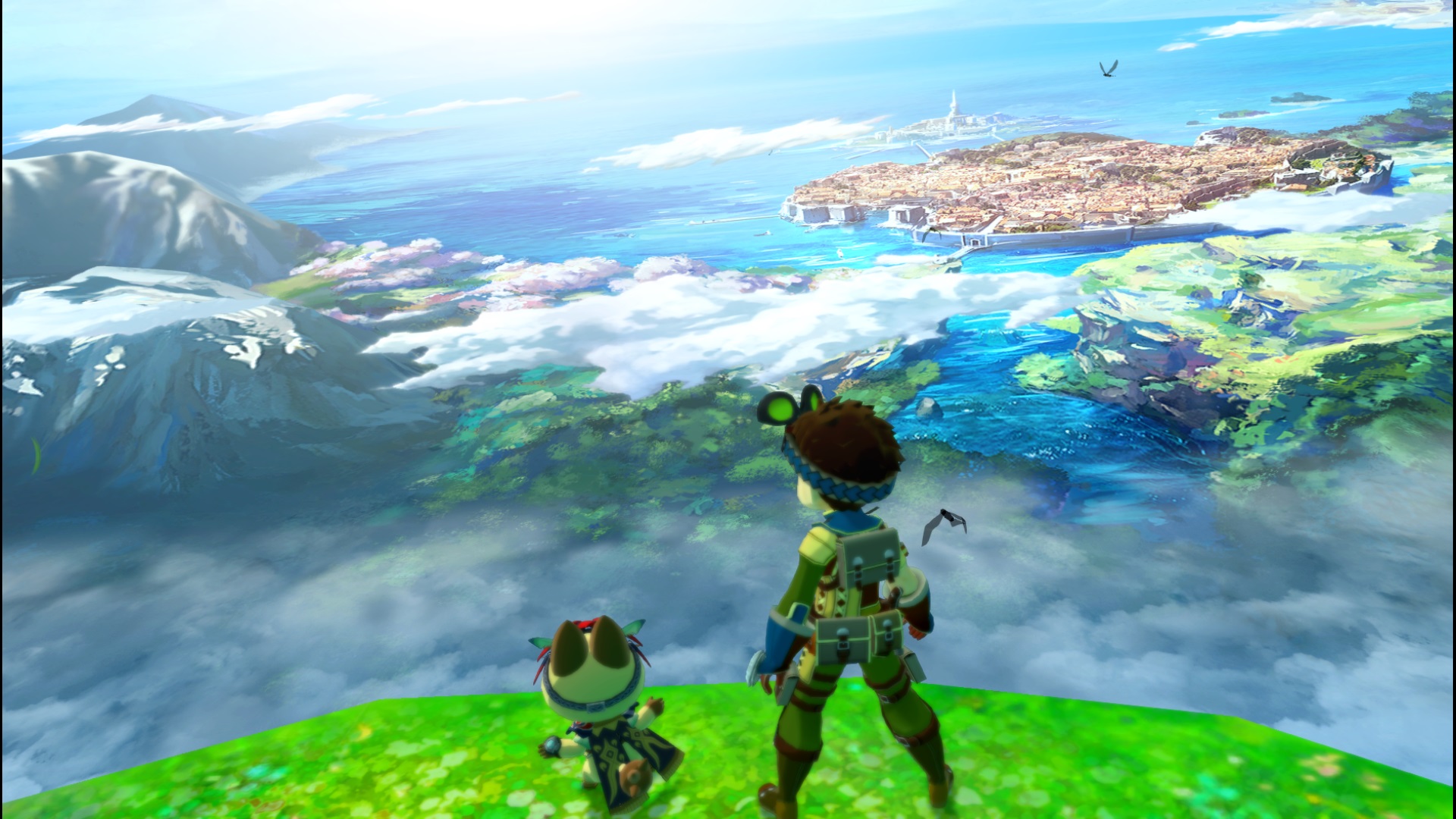
During my time playing Monster Hunter Stories on PC, I couldn't help but get excited about the possibility it represents for more potential remasters. If this PC port is successful, we could see Capcom produce HD remaster PC ports for classic Monster Hunter titles like Monster Hunter 4 Ultimate or Monster Hunter Freedom Unite.
But that’s a story for another time because today is about Monster Hunter Stories and overall, I am glad to have played this underrated gem again despite the nitpicks I have with it. The in-depth combat system is as delightful as ever, the plot is entertaining with interesting concepts that haven’t been explored in the main games, it's packed with dozens of hours’ worth of content, and creating Monstie builds through the Rite of Channelling is super addicting.
If you like Monster Hunter and are a fan of turn-based monster-catcher JRPGs like Pokémon, then I highly recommend Monster Hunter Stories. It has aged very well and makes a neat companion piece for Monster Hunter Stores 2: Wings of Ruin, one of the best PC games in the series.
Not to mention, this game will also be a good way to kill time and prepare for Monster Hunter Wilds. I say this because that game’s mount, Seikret, will function similarly to Monster Hunter Stories' Monsties with regards to exploring environments and traversing dangerous terrain, so it will give you a taste of what to expect in Monster Hunter Wilds.
Monster Hunter Stories will launch on Nintendo Witch, PlayStation 4, and PC via Steam on June 14, 2024.







